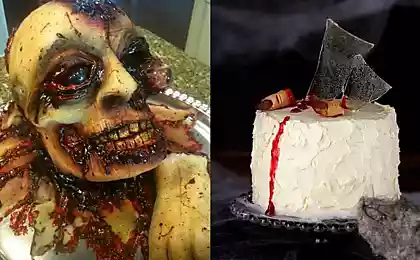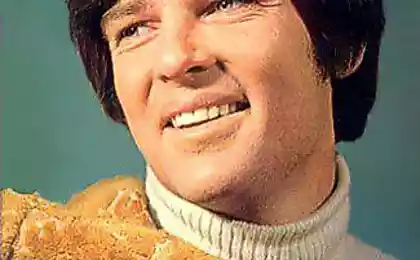625
Halloween. History and traditions
Nowadays, many completely misunderstand, and some do not know the meaning of some events. Halloween — a holiday history and tradition which originated many centuries ago, the origins of it can be found even in the ancient religion of the druids. The result of multiple innovations and innovations today is primarily a day when they honor the dead and appease evil spirits. In our times, this day is too commercialized, because you will be very interested to learn about the traditions of celebrating Halloween in different countries. This will help us a colorful vintage postcard.

Let's start with Ireland, there is an old legend about Stingy Jack, who could not get neither to heaven nor to hell. He could do nothing but to roam all life around the world carrying only a lantern in a turnip with a coal inside. Hence the tradition of the room a candle in a turnip, which was exhibited at the door or window to scare away Jack and other evil spirits. Initially, the pumpkins were not used until the wave of emigration to the USA, where pumpkin was everywhere.
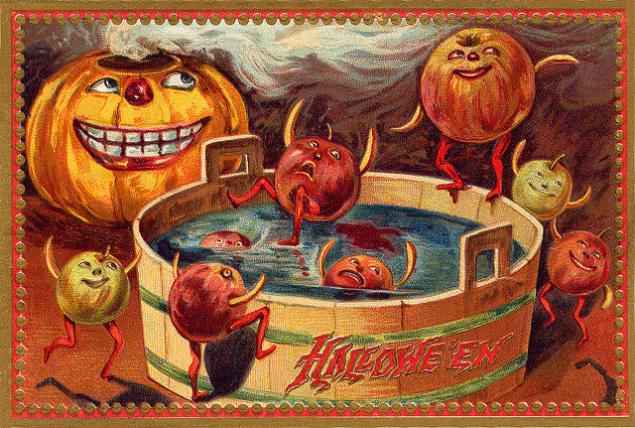
In Mexico and Spain, Halloween is known as day of the Dead. However, this is not a time for sadness, but rather for great joy. This time of year Monarch butterflies, air travellers departing for the summer in the United States and Canada, return to Mexico. They are believed to be spirits of the departed and are warmly welcomed home. In the homes families arrange altars with flowers, bread, fruit and candy. There put pictures of deceased relatives. Night light special candles that burn all night is a time to honor the dead. In the Aztec calendar, this ritual was held in late July — early August. But eventually it was displaced by the Spaniards and combined with the Christian holiday of All Saints ' Evening.
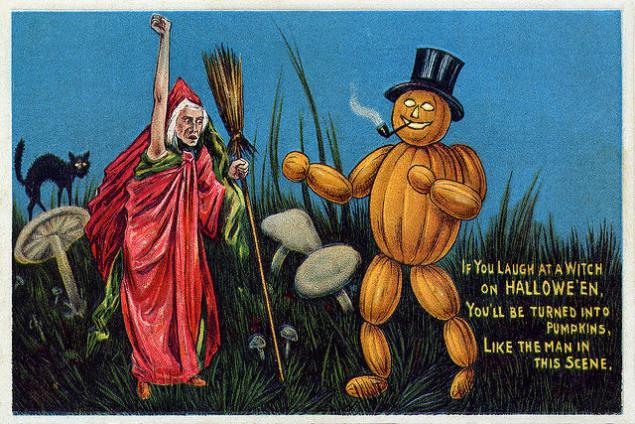
In Buddhist temples they build large boats from paper "boats of the law" or FA-Huan. In the evening they burn, according to Buddhist tradition, thus honoring the dead, and freeing the souls of the dead in the accident, or missing. Families place food and water in front of photographs of relatives to give them their daily bread.
In Korea celebrate the day called "Chusok" in late August or early September, thanks to ancestors for the fruits of their past work. Rice and fruit are passed in the temples, leaving them for dead.
In Sicily it's rather like our Christmas Eve, when the kids go to bed knowing that tomorrow there will be a variety of treats and gifts. According to legend, the dead rise from their graves and bring their children.
In Sweden Halloween is celebrated between 31 October and 6 November with choirs and the lighting of candles on the graves of loved ones. In the Czech Republic, chairs are placed in front of the fire, one for each family member and one for the spirit.

Of course, the most massively Halloween is celebrated in North America, children put on costumes and go from house to house in search of treats. But this tradition originates in Ireland, and according to legend, the dead will play dirty, if this day is not to honor them, showing his good attitude and have fun. Almost all countries follow this tradition at the end of October or the last Sunday of August, treating the children with sweets and remembering deceased relatives. We have Memorial Day in the spring satisfied, but the purpose and meaning the same: we gather to pay tribute to the family and to rest their souls.
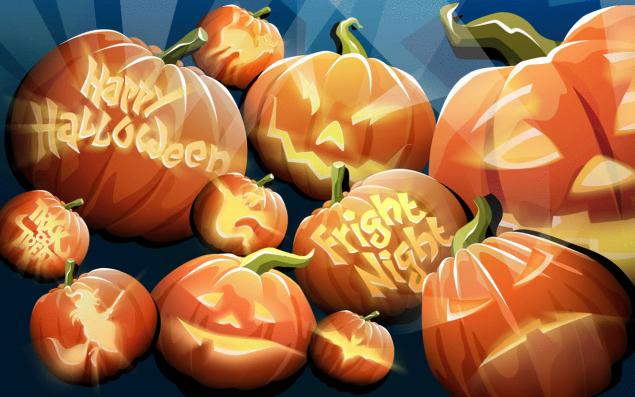
Source: /users/104

Let's start with Ireland, there is an old legend about Stingy Jack, who could not get neither to heaven nor to hell. He could do nothing but to roam all life around the world carrying only a lantern in a turnip with a coal inside. Hence the tradition of the room a candle in a turnip, which was exhibited at the door or window to scare away Jack and other evil spirits. Initially, the pumpkins were not used until the wave of emigration to the USA, where pumpkin was everywhere.

In Mexico and Spain, Halloween is known as day of the Dead. However, this is not a time for sadness, but rather for great joy. This time of year Monarch butterflies, air travellers departing for the summer in the United States and Canada, return to Mexico. They are believed to be spirits of the departed and are warmly welcomed home. In the homes families arrange altars with flowers, bread, fruit and candy. There put pictures of deceased relatives. Night light special candles that burn all night is a time to honor the dead. In the Aztec calendar, this ritual was held in late July — early August. But eventually it was displaced by the Spaniards and combined with the Christian holiday of All Saints ' Evening.

In Buddhist temples they build large boats from paper "boats of the law" or FA-Huan. In the evening they burn, according to Buddhist tradition, thus honoring the dead, and freeing the souls of the dead in the accident, or missing. Families place food and water in front of photographs of relatives to give them their daily bread.
In Korea celebrate the day called "Chusok" in late August or early September, thanks to ancestors for the fruits of their past work. Rice and fruit are passed in the temples, leaving them for dead.
In Sicily it's rather like our Christmas Eve, when the kids go to bed knowing that tomorrow there will be a variety of treats and gifts. According to legend, the dead rise from their graves and bring their children.
In Sweden Halloween is celebrated between 31 October and 6 November with choirs and the lighting of candles on the graves of loved ones. In the Czech Republic, chairs are placed in front of the fire, one for each family member and one for the spirit.

Of course, the most massively Halloween is celebrated in North America, children put on costumes and go from house to house in search of treats. But this tradition originates in Ireland, and according to legend, the dead will play dirty, if this day is not to honor them, showing his good attitude and have fun. Almost all countries follow this tradition at the end of October or the last Sunday of August, treating the children with sweets and remembering deceased relatives. We have Memorial Day in the spring satisfied, but the purpose and meaning the same: we gather to pay tribute to the family and to rest their souls.

Source: /users/104
















